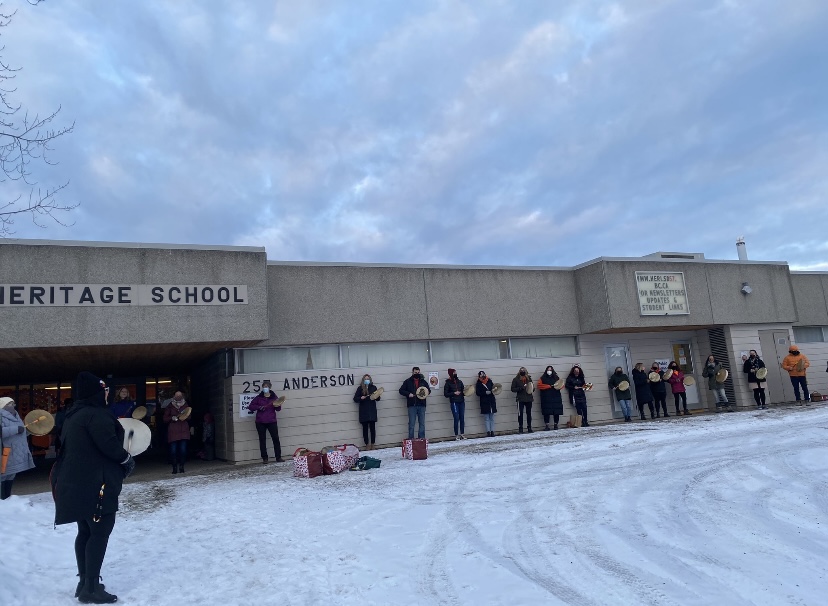
Standard 9 is very important to me. Although all Standards are put into practice at all times, this one humbles me the most. Working towards reconciliation is an important and significant part of the education system. It is important to embed the TRC Calls to Action throughout my teaching practice. Under the “Education for Reconciliation” within the Calls to Action document, the three big areas of focus that spoke volumes to me are:
- Educating all students about residential schools and treaties as well as preparing teachers to integrate Indigenous knowledge and teaching in their classrooms for Indigenous students and all other students.
- Developing resources and best practices to teach curriculum related to residential schools and Indigenous history and to build intercultural understanding and empathy.
- Including, in comparative religions studies, information on Indigenous spiritual beliefs and practices developed collaboratively with Indigenous Elders.
Hutchinson, N. L., & Specht, J. A. (2020). Inclusion of Learners with Exceptionalities in Canadian Schools Sixth Edition. North York, Ontario: Pearson Canada Inc. pg. 159
As I work towards reconciliation and interweaving these Calls to Action into my practice, I must first listen. At this time, I am striving to listen and learn as much as I can. I believe it is important to listen first, so I can authentically and respectfully integrate Indigenous perspective, knowledge, and ways of being into my teaching practice. Prior to embarking on my learning journey in the UNBC B.Ed program, I had the opportunity of working as an Education Assistant in the Indigenous Ed. Department at SD63 in Saanich. This learning opportunity is one I am so grateful for. I was able to connect with students, families, and the community on the W̱SÁNEĆ traditional territory. The reciprocity and connections were so valuable, I learned more from the students I worked with than they will ever know. Upon leaving this position to begin my learning journey at UNBC to complete my Bachelor of Education, I was gifted this wonderful book by the District Principal of SD63 Indigenous Education. The wonderful connections, experiences, and relationships I gained from this learning opportunity will be carried with me in the future.

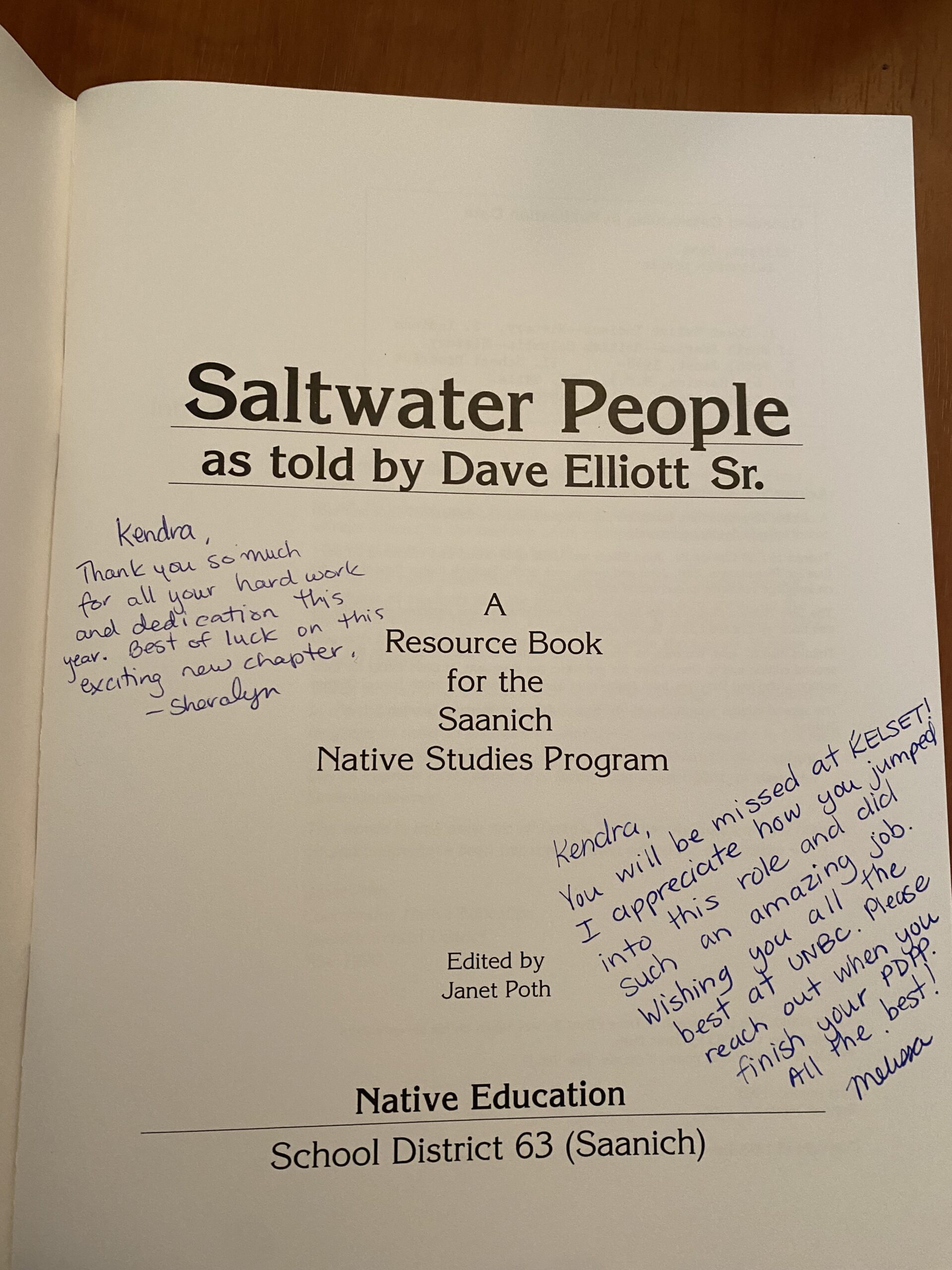
Drum Making
I was grateful to be invited back to my first practicum school, Heritage Elementary, to attend the April 29th, 2022 Professional Development Day. Through this opportunity, I was invited to learn how to make my own drum with the SD57 Indigenous Superintendent. This was a great learning opportunity that I am humble and grateful to be apart of. We learned traditional Lheidli T’enneh methods for drum making, in connection with the importance of the appreciating and showing gratitude for the land resources used to create the drum. Here is the process of my own drum making experience that I am so grateful to have participated in! 🙂
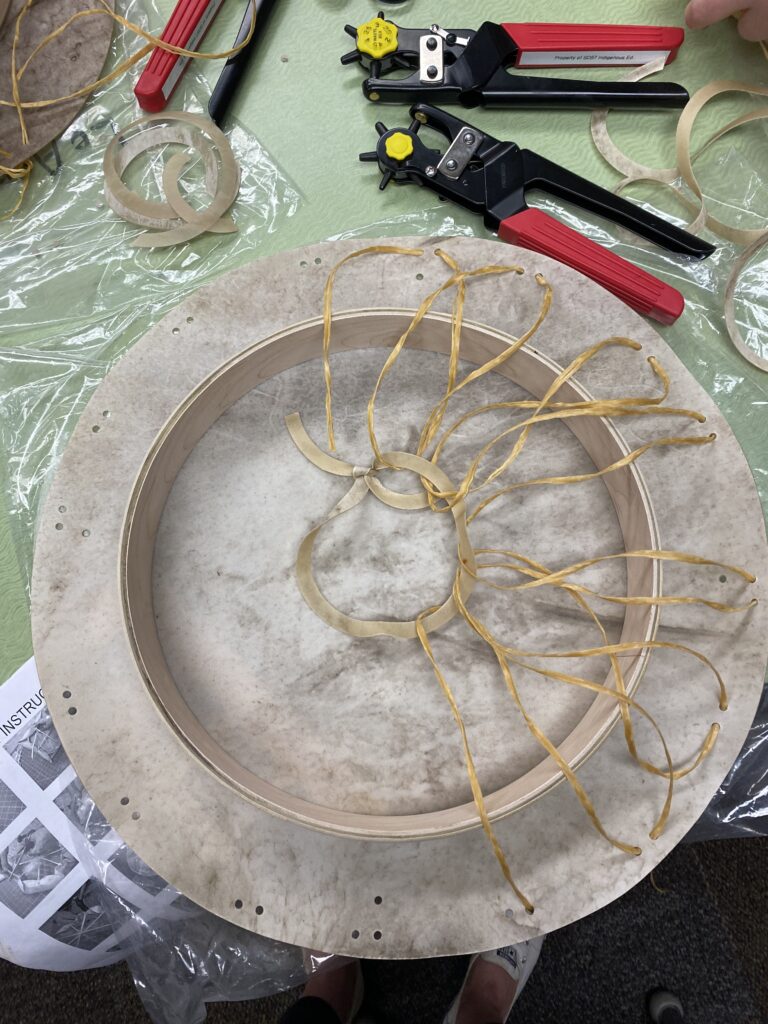
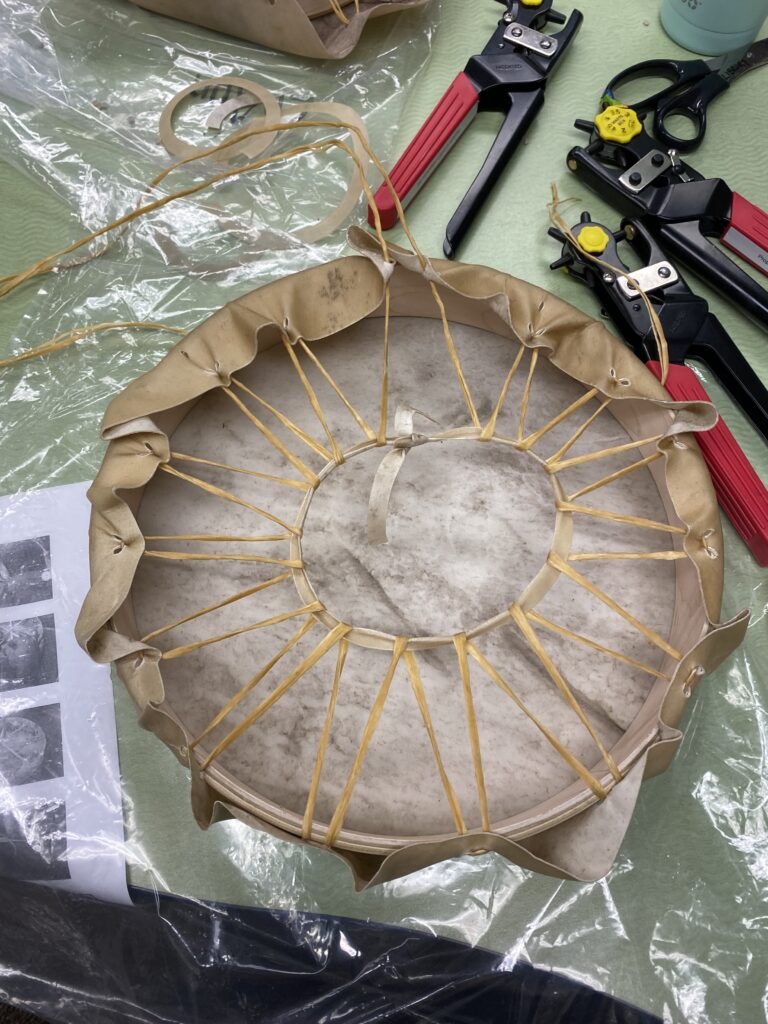
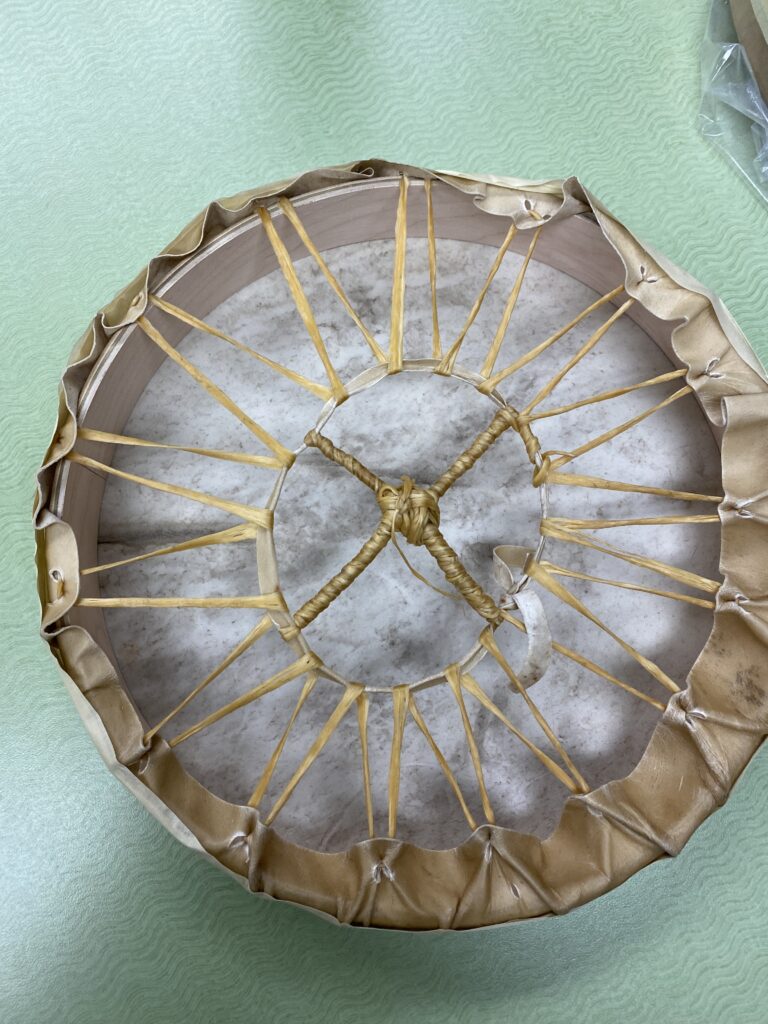
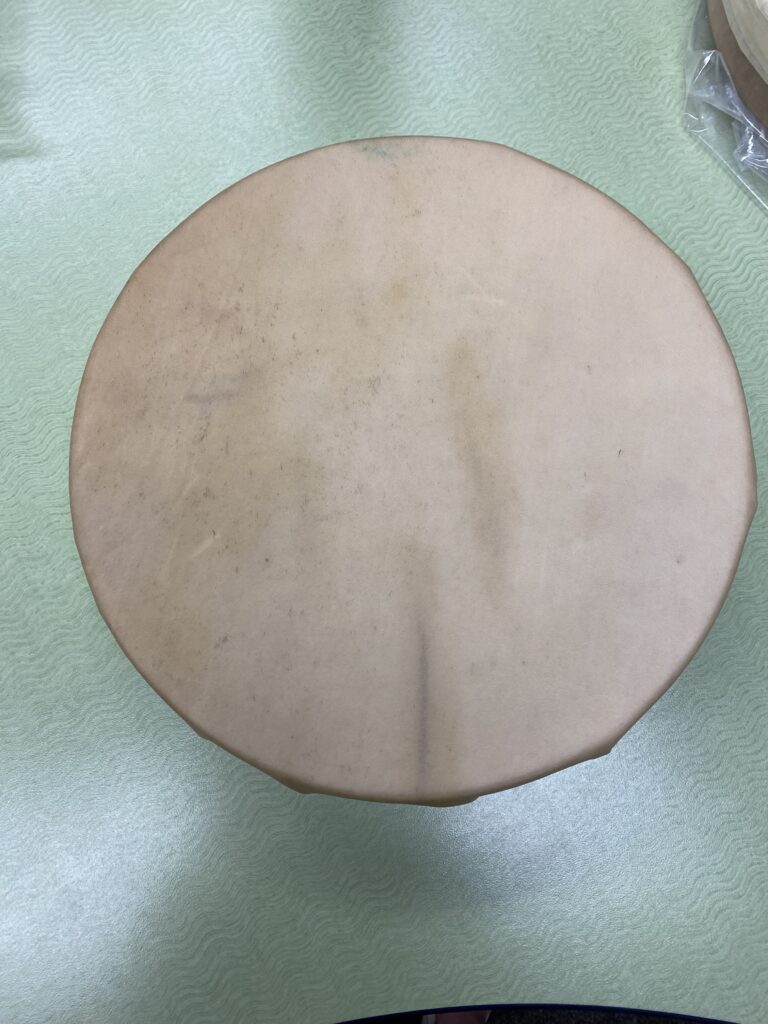
Drum Circle
During my first teaching practicum at Heritage Elementary, I was grateful to have the opportunity of participating in the drum circle hosted by the Indigenous Education Worker from SD57. It was great to be apart and deepen my learning of ways of knowing and being , and cultures of the local First Nations communities. It was so nice to observe as families and students joined in with the faculty at Heritage Elementary to all take part in the drum circle. I’m very grateful for this opportunity and look forward to taking part in more in the future!
